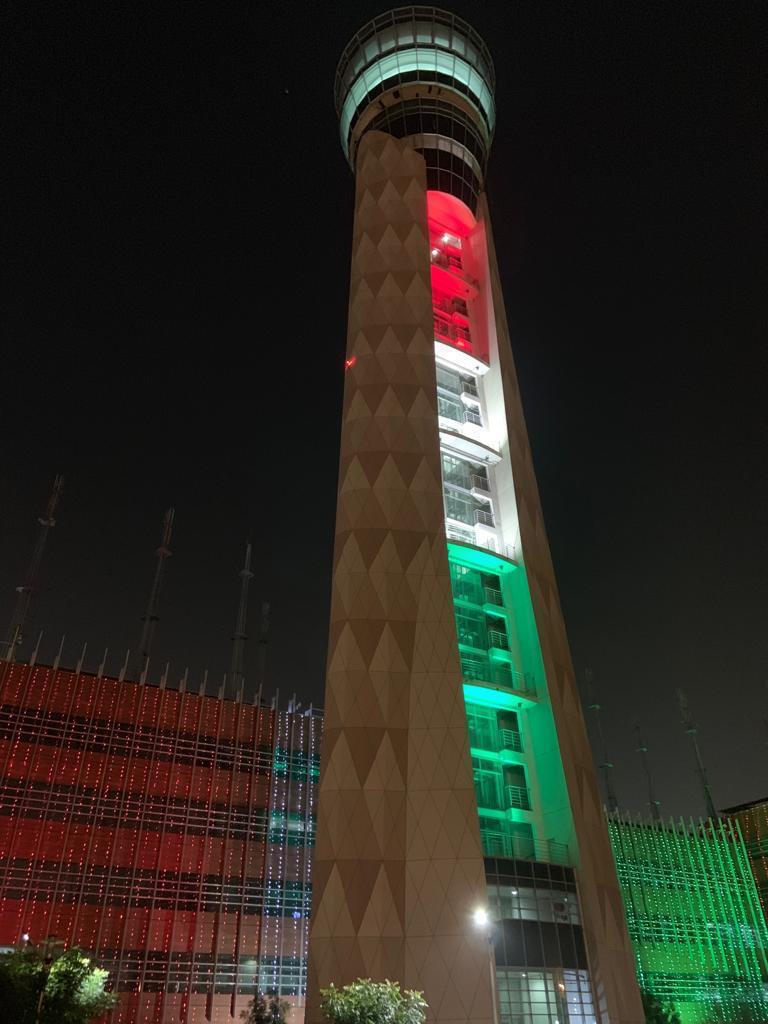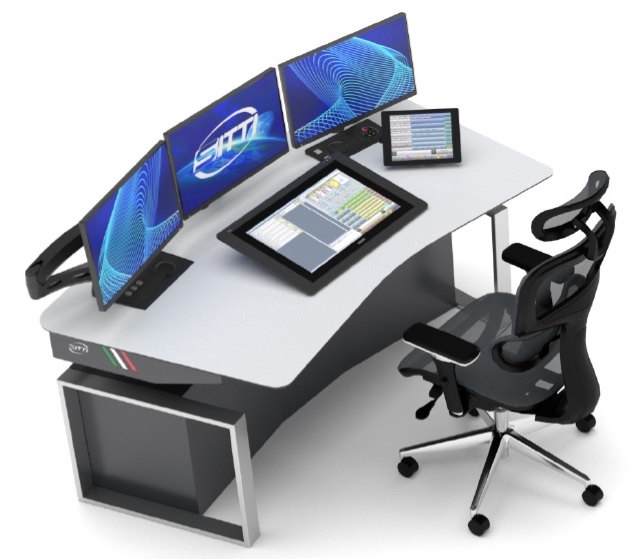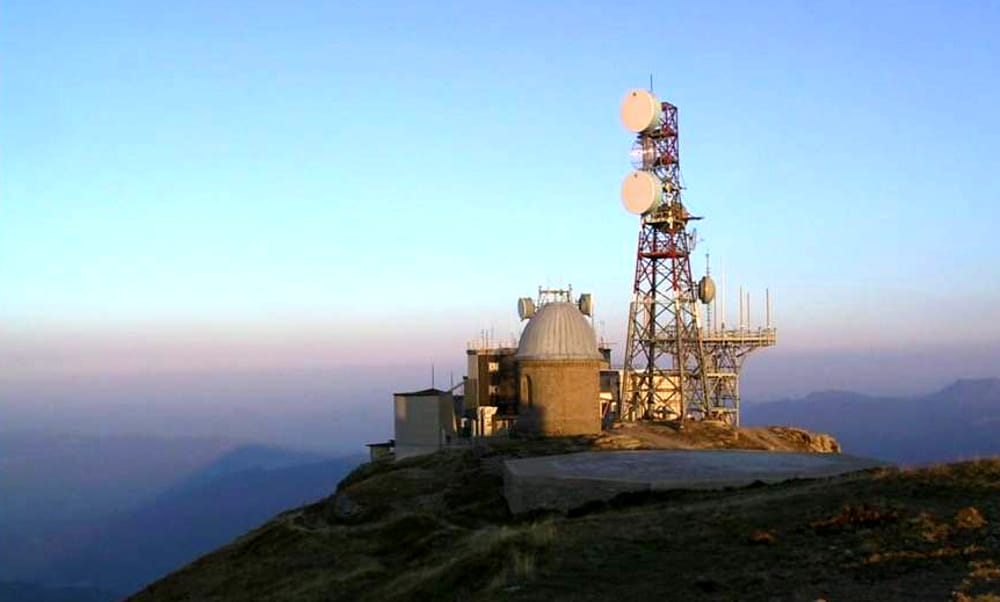The presence of SITTI in India dates back many years ago. During the past decades, SITTI has been supplying Voice Communication Systems (VCS) (and ancillary equipment) used by hundreds of controllers in the main ACC centres and international airports of India. These systems have been recently complemented by a nationwide coverage of new VoIP (Voice over IP) VCS systems that have been installed throughout the entire Nation.
SITTI is a world leader in Air Traffic Control (ATC), focusing on Voice Communication Systems (VCS), recorders, consoles and auxiliary devices used at ACCs and towers of any size, from small airfields to very large international sites. Our presence in India covers the whole subcontinent, and it is expected that our contribution to the local economy will still increase in the near future.
In order to consolidate and expand its strong relationship with the Airport Authority of India (AAI), and to provide immediate answer to any request that may come from the local market, SITTI decided to establish a new subsidiary company in India under the name of “SITTI COMMUNICATIONS INDIA PRIVATE LIMITED” (also simply called “SITTI INDIA“), with its headquarters in New Delhi.
This investment testifies the growing importance for SITTI of India in the region. The constantly evolving systems, that are more and more integrating new features to give air traffic controller complete situational awareness, see SITTI in the forefront of the innovation projects worldwide. The presence of a local subsidiary will give Indian ATC authorities the opportunity of lively experimenting the new functions through the direct contact with local qualified staff.



